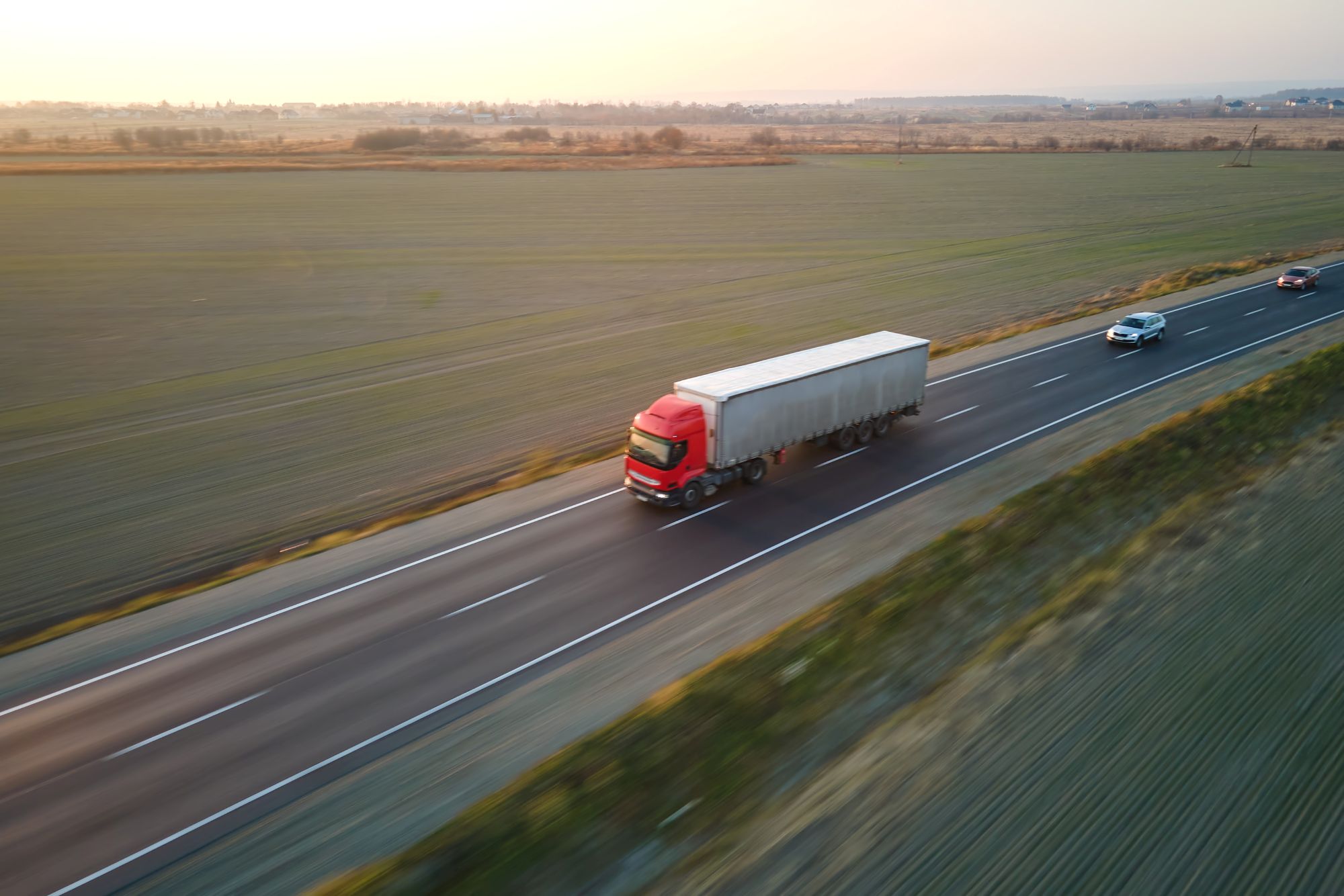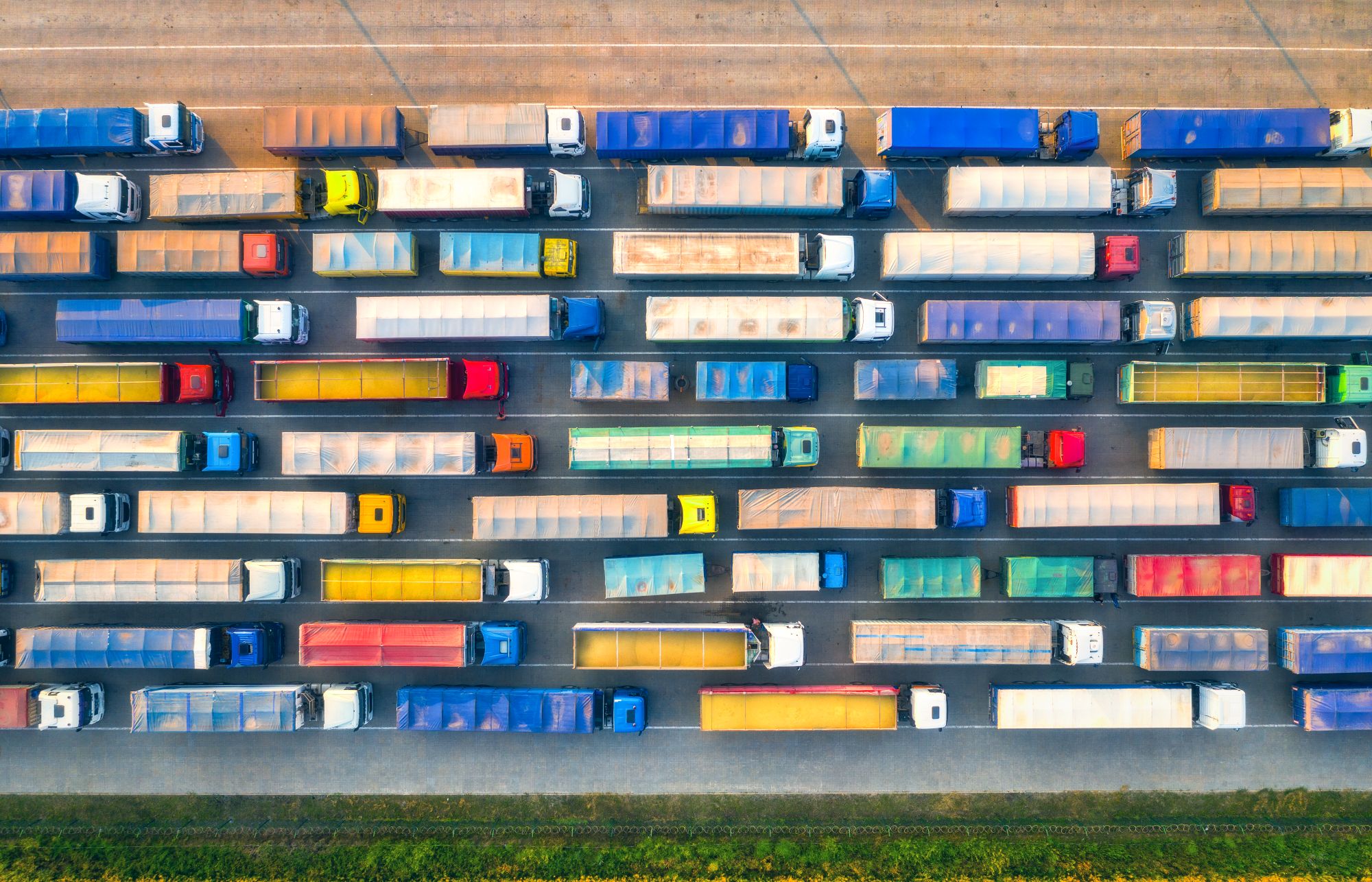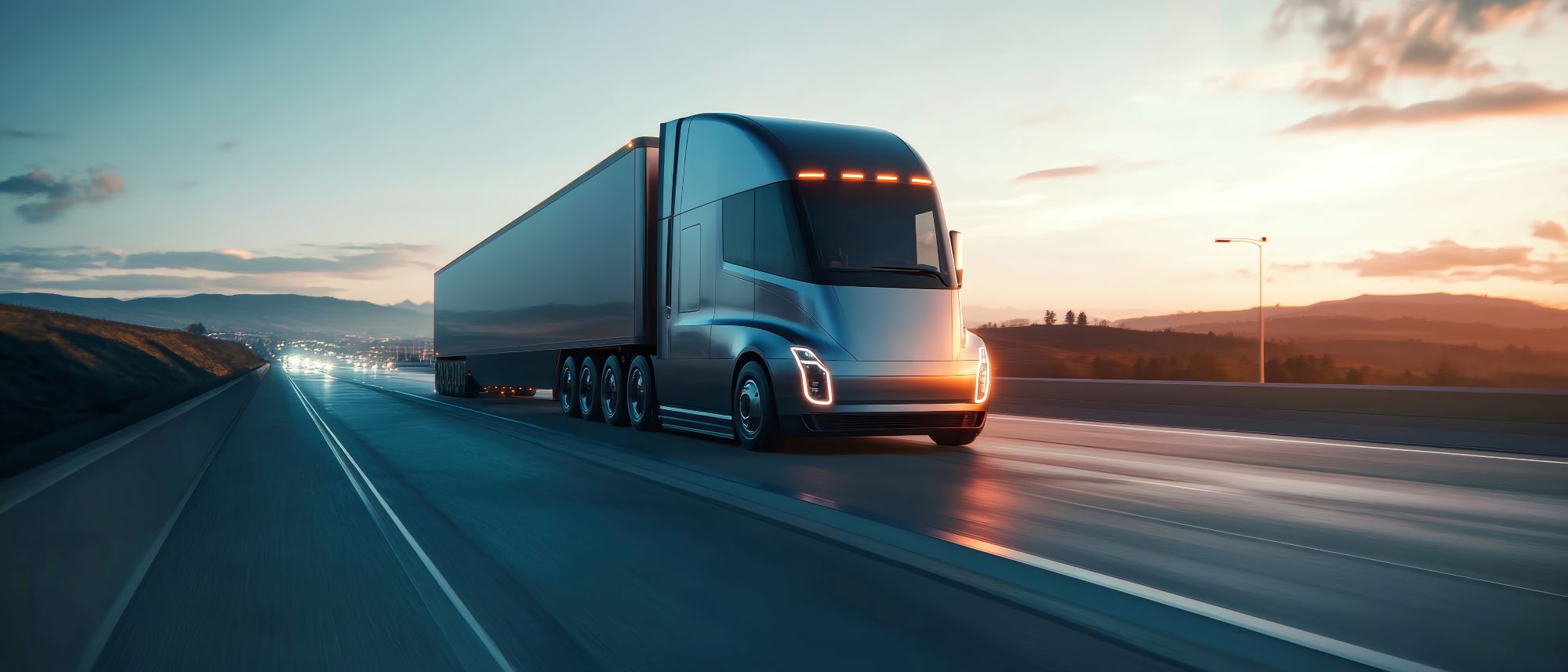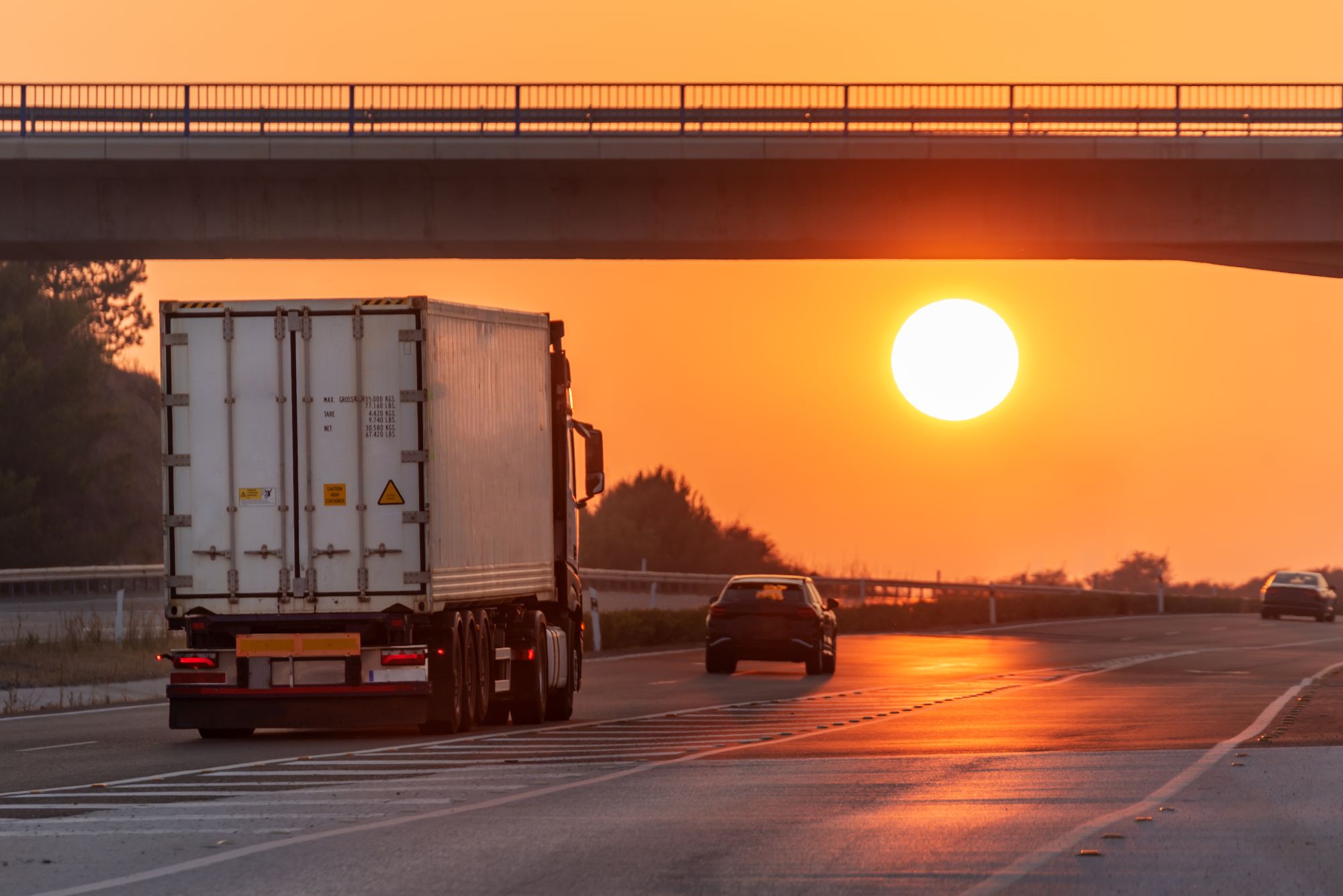
Guest
9 måder, hvorpå AI-detektion forvandler flådeindustrien
Oprettet: 03.11.2025
•
Opdateret: 04.11.2025
Kunstig intelligens (AI) har omdefineret, hvordan flådefolk griber den daglige drift an. Moderne teknologier giver ledere mulighed for målbart at forbedre vedligeholdelse, sikkerhed og overholdelse på tværs af deres køretøjer. I takt med at det lovgivningsmæssige pres stiger, bliver AI-drevet indsigt mere afgørende for at opnå en afgørende fordel. Her er ni måder, hvorpå AI-detektion transformerer flådeindustrien.
1. Overvågning af førerens adfærd
Avanceret telematik og maskinlæringsalgoritmer (ML) hjælper med at opdage AI i flåder ved at overvåge førerens adfærd. Disse enheder analyserer realtidsmønstre og markerer risikabel køreadfærd som for høj hastighed og hårde opbremsninger. ML-modeller behandler øjeblikkeligt data fra sensorer i køretøjet og identificerer afvigelser fra normerne for sikker kørsel og virksomhedens politikker.
Chaufførerne får øjeblikkelig feedback i køretøjet, mens flådecheferne får detaljerede rapporter om tendenser. De mange oplysninger hjælper supervisorerne med at tilpasse coachingsessionerne og finde specifikke forbedringsområder. Telematikløsninger har været afgørende for flåder over hele landet, fordi [de reducerer ulykker og skader] (https://www.crowncommercial.gov.uk/agreements/RM6315) gennem forbedret adfærd og træningsprogrammer.
2. Optimering af ruter
AI-algoritmer er afgørende for at kunne analysere trafikdata i realtid, f.eks. vejlukninger og vejrforhold. Trængslen kan være betydelig, især hvis dine ruter går gennem London. En Inrix-rapport fra 2024 sagde, at bilister [oplevede 101 timers forsinkelser] (https://inrix.com/scorecard/), når de kørte i hovedstaden. ML-modeller kan hurtigt identificere flaskehalse og dårligt vejr for at overholde kritiske leveringstider.
Flådecheferne får gavn af det, fordi deres chauffører kan blive bedre til at overholde tiden. Ruteoptimering betyder, at der er større sandsynlighed for, at leverancerne når frem i de planlagte tidsvinduer. Det forbedrer også chaufførernes adfærd, da de kører mindre i tomgang og tilbagelægger færre kilometer. Moderne AI-teknologier registrerer hurtigt lukninger af veje og uventede vejrændringer for at minimere forstyrrelser.
3. Automatisering af compliance-rapportering
Ulykkesrapportering plejede at omfatte manuelle logfiler og dokumentation. Men kunstig intelligens kan reducere behovet for arbejdskraft ved automatisk at registrere og indsende hændelsesrapporter. Disse teknologier kan genkende potentielle hændelser, lige fra kollisioner til nærved-ulykker. Sensorer indsamler relevante oplysninger på tidspunktet for hændelsen for at give mere kontekst. Usædvanlige omstændigheder som udløsning af airbags kan også være en del af den automatiske rapportering.
Når AI-detekteringen er færdig, samler systemet oplysningerne i en standardiseret rapport. Manuelle logfiler kan skabe tidskrævende opgaver, så AI kan automatisere disse processer og frigøre personale. Flådechefer og forsikringsselskaber modtager rapporten og sikrer dermed overholdelse og præcis kommunikation. Avancerede teknologier indfanger relevante data og bruger konsekvent formatering, så alle parter får de vigtige detaljer.
4. Forbedring af forebyggende vedligeholdelse
Uventede nedbrud på køretøjer kan forstyrre tidsplaner og forsinke leverancer. AI hjælper flådeadministratorer med at opdage disse problemer, før de bliver alvorlige. Fra motortemperatur til olietryk overvåges egenskaber i realtid. Avancerede algoritmer identificerer subtile uregelmæssigheder og advarer operatørerne, når en komponent er ved at gå i stykker.
Selv om faste serviceintervaller kan være en fordel, giver AI dig mulighed for at være mere proaktiv og planlægge vedligeholdelsen præcist. Dæktrykssensorer er et glimrende eksempel, især for bygge- og forsyningsvirksomheder. Eksperter siger, at luftkompressorer [bør levere 25 % mere CFM] (https://blog.hercrentals.com/air-compressors-and-tools/what-air-compressor-size-do-i-need/), end udstyret har brug for, for at opretholde den bedste praksis. Disse sensorer overvåger løbende produktionen og opdager gradvise fald, hvilket giver tidlige tegn på lækager.

5. Analyse af brændstofforbrug
AI-detektion i flåder går ud over at studere førerens adfærd. Telematik og sensorer analyserer hastigheds- og accelerationsmønstre for bedre at forstå brændstofforbruget. Systemerne overvåger dine køretøjer for overdreven tomgang og ineffektiv ruteplanlægning, der øger benzin- eller dieselforbruget. AI kan skræddersy anbefalinger til chauffører ved at tilbyde optimerede hastighedsområder eller vedligeholdelsesbehov.
Flådeadministratorer drager fordel af at få samlede data om brændstofforbrug og udgifter. Disse oplysninger hjælper dem med at træffe mere informerede beslutninger om indkøb af køretøjer og ruteplanlægning. Hvis ældre køretøjer er ineffektive, er det måske på tide at opgradere flåden. Logistikere bør sammenligne individuelle køretøjer med industristandarder for at se afvigelser.
6. Reduktion af emissioner
Storbritanniens miljømål [omfatter at nå netto-nul-emissioner] (https://commonslibrary.parliament.uk/research-briefings/cbp-9888/) inden 2050. Derfor skal flådechefer være mere opmærksomme på de skærpede standarder og risikoen for bøder. AI-detektion hjælper køretøjer gennem sensorer og indbyggede diagnosesystemer, som indsamler data under drift. ML-algoritmer identificerer mønstre og afvigelser i oplysningerne og giver besked om for høje emissioner.
AI kan advare flådeadministratorer og muliggøre proaktiv vedligeholdelse, hvis et køretøj overskrider emissionsgrænserne. Mens mennesker træffer foranstaltninger for at reducere drivhusgasser, er AI-detektion på vej til at hjælpe transportbranchen. En undersøgelse fra 2025 sagde, at [deep reinforcement learning maximises emission reduction] (https://news.mit.edu/2025/eco-driving-measures-could-significantly-reduce-vehicle-emissions-0807) ved at tilpasse øko-køreegenskaber. De amerikanske forskere sagde, at implementering af det i 10 % af køretøjerne ville reducere CO2-udledningen med op til 50 %.
7. Overgang til elektriske køretøjer
En anden måde, flådechefer kan reducere udledningen på, er ved at skifte til elbiler. Ejerskabet af elbiler stiger på nationalt plan gennem private chauffører og flådeejere, som en rapport fra 2025 [afslørede en stigning på 38,9 % år-til-år] (https://www.smmt.co.uk/more-than-a-million-evs-on-uk-roads-as-vehicle-ownership-reaches-new-high/) fra 2023. AI kan hjælpe logistikfolk med overgangen ved at anbefale, hvornår, hvor og hvordan de skal elektrificere deres flåder.
Førstegangsejere af elbiler kan have brug for hjælp med opladningsvinduer og infrastrukturbehov. AI-drevne systemer registrerer, hvornår og hvor elbiler naturligt kan tilpasses opladningsvinduer. Det kan f.eks. anbefale de bedste tidspunkter for opladning for at reducere forstyrrelser i tidsplanen. Nogle overvejer måske at skifte til elbiler, så logistikchefer kan udnytte AI til at sammenligne omkostningsdata mellem el- og benzinbiler.
8. Reduktion af omkostninger
Selv om AI-investeringer kan være en barriere, kan det være økonomisk fordelagtigt i det lange løb. Disse softwaremuligheder reducerer omkostningerne ved at minimere nedetid, der bremser den daglige drift. Tidlig opdagelse af problemer kan føre til en mere velholdt flåde, hvilket skaber mere oppetid og omsætning. Flådechefer kan også spare penge gennem forbedret ruteoptimering og brændstofstyring.
AI-detektion i flåder er afgørende for at strømline administrative processer. Disse teknologier kan automatisk udføre compliance-tjek og dokumentation af hændelser og dermed reducere behovet for manuelt papirarbejde. Dine operatører kan fokusere mere på det store billede og mindre på administrativt overhead. Hvis overvågning hjælper dine chauffører, kan det reducere omkostningerne til reparationer af køretøjer og juridiske krav.
9. Sporing af aktiver
Tyveri af køretøjer og gods [er faldet støt i Storbritannien] (https://www.ons.gov.uk/peoplepopulationandcommunity/crimeandjustice/datasets/crimeinenglandandwalesappendixtables)., men det er stadig et stort problem. AI-detektion giver yderligere sikkerhedslag ved at reducere tyvenes muligheder. Funktioner til sporing af aktiver kombinerer GPS- og telematikfunktioner for at overvåge placeringen i realtid, hvilket er vigtigt for virksomheder, der transporterer aktiver af høj værdi.
Flådechefer har fordel af geofencing-funktioner, der giver dem mulighed for at sætte virtuelle grænser. Hvis en lastbil eller varevogn forlader disse zoner, markerer AI-drevne systemer automatisk hændelsen og giver logistikerne besked. Algoritmen er intelligent nok til at forstå uregelmæssigheder og sikkerhedsprotokoller. Unormaliteter kan udløse sikkerhedsforanstaltninger som fjerndeaktivering.
Udnyttelse af AI-detektion til omkostninger og compliance
AI er et praktisk værktøj, der ændrer spillereglerne for flådeadministratorer. Avancerede analyser og overvågning i realtid giver logistikfolk mulighed for at skabe målbare forbedringer af sikkerhed og ydeevne. Mens teknologierne udvikler sig, er fremtiden her. Din virksomhed bør være villig til at investere i AI-drevne løsninger for at reducere omkostninger og minimere risici.
 Se mere fra Renovated Magazine.
Se mere fra Renovated Magazine.



